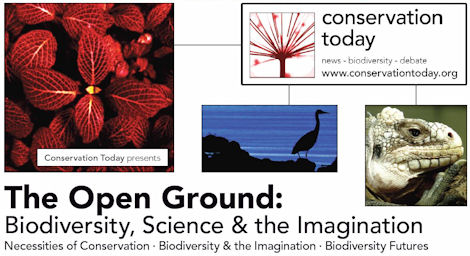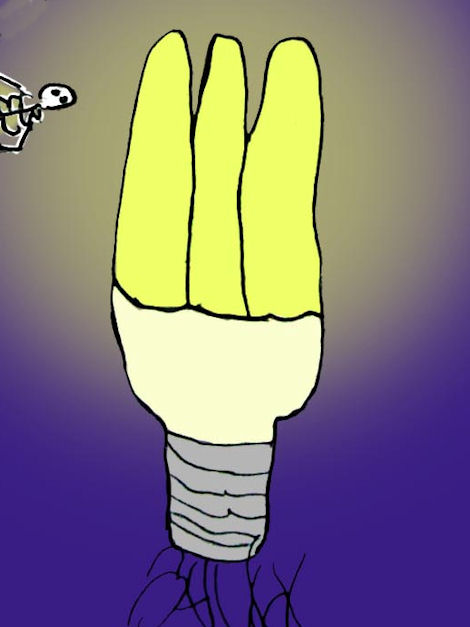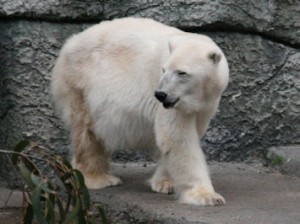Want to reduce your emissions? Forget about the gas guzzler, holidaying at home, or buying local produce; cut your “carbon legacy” and have fewer children, says new research.

In recent weeks I’ve attended two public discussions dealing with the big-picture issues of sustainability and balancing development with conservation, and neither of them did much to allay my fears or educate me about the threats associated with population growth.
I may be joining the wrong events, but it seems all too easy to miss population off the formal agenda, or leave it to a brave audience member to raise the issue at question time – when it can be scooted over or dismissed with a glib reply. A popular counter to worries over population growth in developed countries – at home as it were – is to state that growth is mainly happening in the developing world, where per capita consumption is relatively low. For me, that seems to ignore the medium term consumption aspirations of developing countries (look at how fast China has moved) and underplays the ratio of the impact of an individual’s consumption between the developed and developing worlds. But I suspect most of us don’t really know what to think, and lack meaningful data to work it out for ourselves.
Now that position has improved somewhat, with the publishing this month of a formal analysis of these very issues by researchers from Oregon State University. Murtaugh’s and Schlax’s paper: ‘Reproduction and the carbon legacy of individuals‘ is published in the journal Global Environmental Change, and also downloadable as a pdf here. In the authors own words:
“Here we estimate the extra emissions of fossil carbon dioxide that an average individual causes when he or she chooses to have children. The summed emissions of a person’s descendants, weighted by their relatedness to him, may far exceed the lifetime emissions produced by the original parent.”
It’s more usual to work out an individual lifetime’s worth of carbon footprint. But in the Oregon study, a parent is instantly given the burden of half their child’s carbon impact, and a quarter of the carbon impact from their child’s prospective child; and so forth. When the numbers are worked through, and comparisons are made between the developed and developing world, it’s apparent that not having that extra kid is a great way to save the planet. According to the authors’ data, the impact of that decision far outweighs that of other good citizen actions – like downsizing the family car. The figures I find most provocative are the comparisons of the impact of children born in different countries. Take the USA and Bangladesh for example: I’d assumed just on a gut feeling that a US child’s carbon footprint would be 20 or 30 times that of a child born in Bangladesh. The figures in the new paper, with the children’s decendents accounted for, put the ratio at 168:1 – equivalent to average carbon emissions of 56t and 9441t for the Bangladesh and US cases respectively.
The carbon reduction figures presented for the various lifestyle changes we can make, and calculated over an 80 year period, range from 17 metric tonnes CO2 saved by recycling materials, to 148 metric tonnes by increasing automobile gas mileage from 20 to 30 mpg. Those numbers can be compared with the 9441t of emissions that could be avoided by not having an extra child.
This paper is written in the spirit of presenting data as an input for informed discussion. The authors don’t take a moral position on human rights and population control – that’s for the politicians with the people to sort out. And it’s not too far a stretch to make the analogy between this situation and that which existed when the global warming debate was put on a more data-rich, objective, footing by the issuing of the Stern Report in 2006. However the detail and assumptions in this work may be criticised, as surely they will be, it’s good to see some quantification around this complex piece of the sustainability jigsaw.
Reference:
Paul A. Murtaugh a,*, Michael G. Schlax b ‘Reproduction and the carbon legacies of individuals’, Global Environmental Change 19 (2009) 14–20
(Originally posted at conservationtoday.org)
Also of Interest
Is population growth out of control (BBC September 2013)





